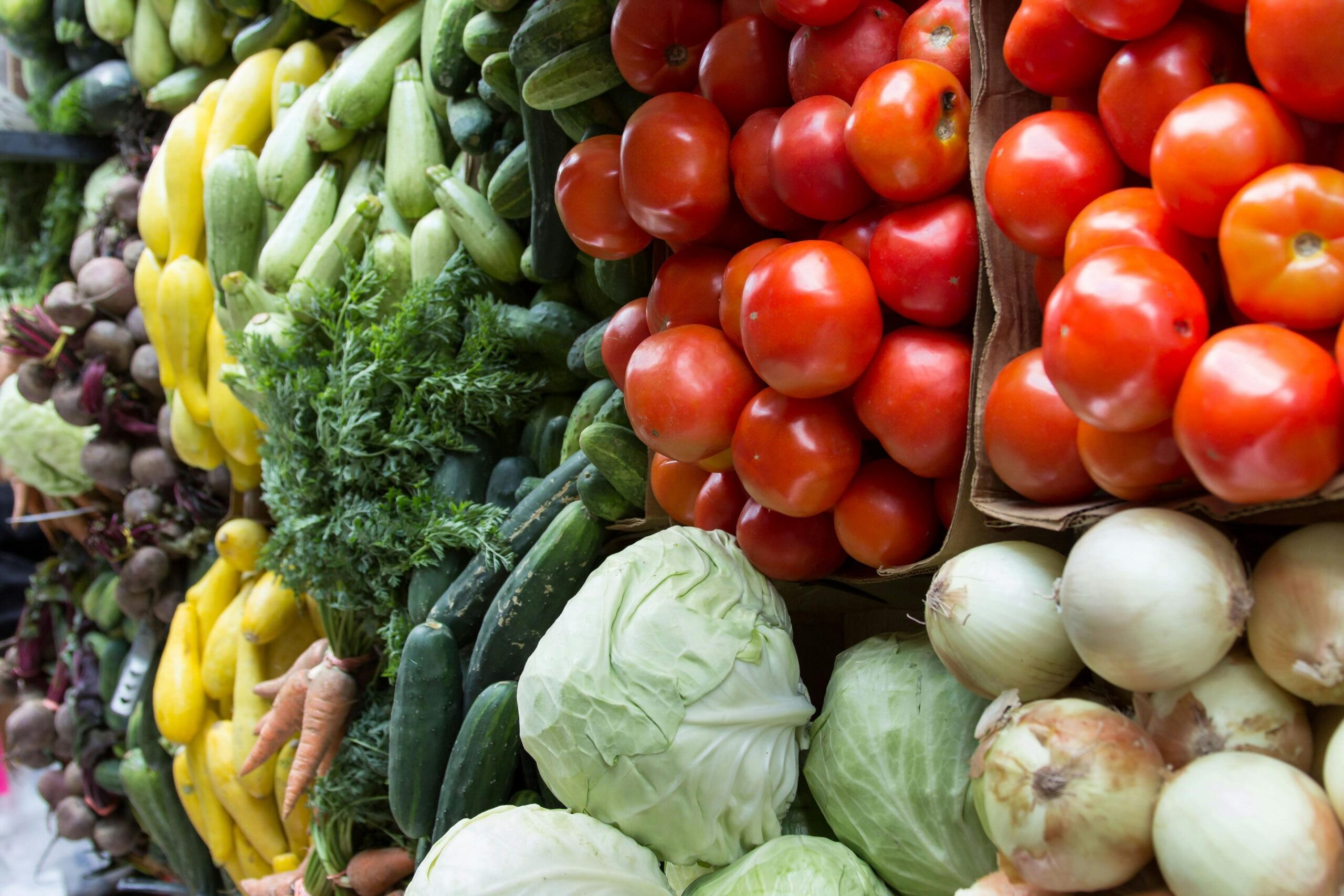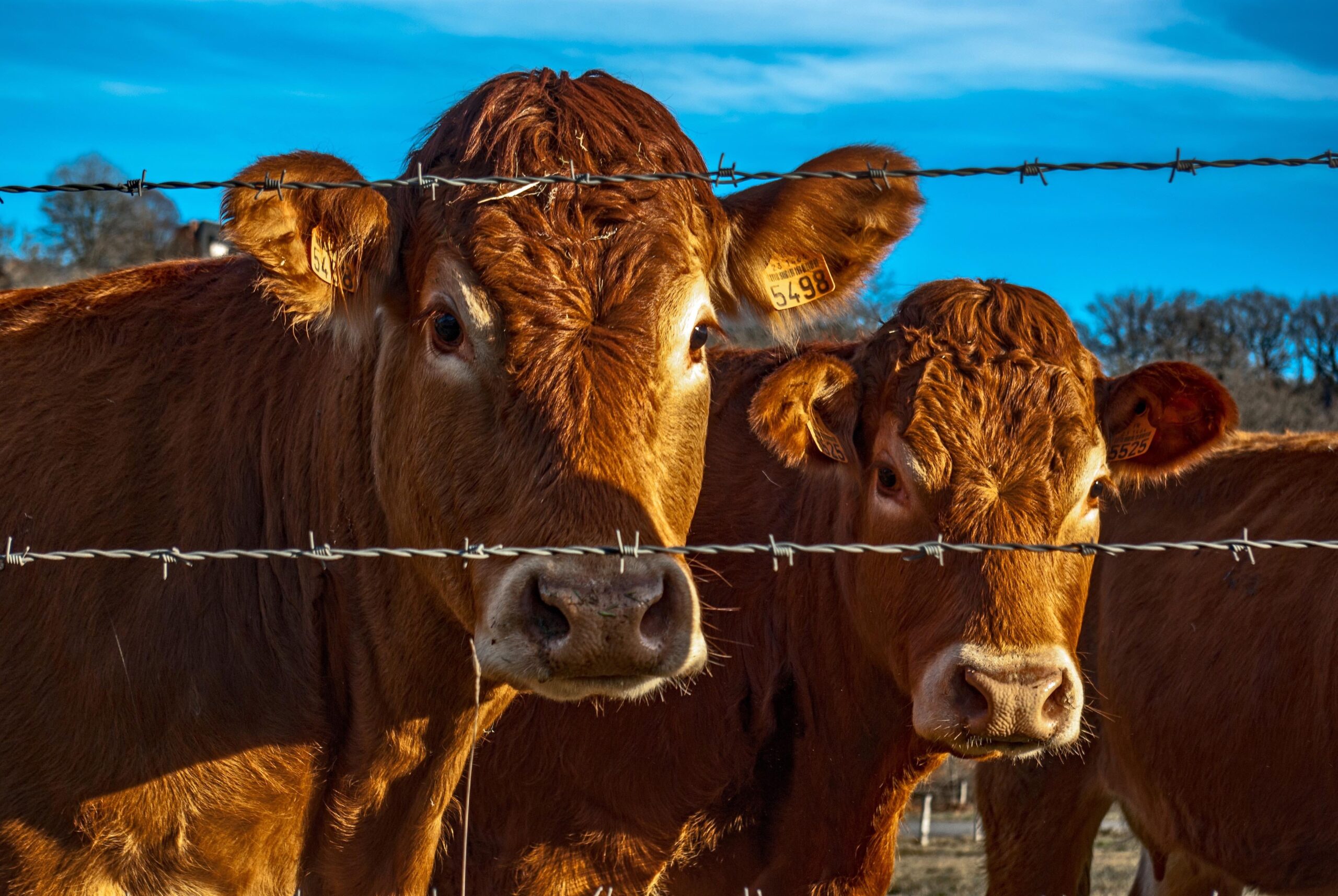It has been approximately eight weeks since the U.S. dairy industry became immersed in efforts to monitor and potentially control the outbreak of Highly Pathogenic Avian Influenza in dairy cattle confirmed in 63 locations across 9 nine states as of May 28, 2024, from Idaho to North Carolina. FDA maintains a wealth of on-line data which is updated regularly and appears to be a model of government transparency.
On March 25, 2024, the first joint USDA/FDA/CDC public confirmation of a HPAI outbreak in dairy cattle in Texas and Kansas, along with communication by most federal and state animal health and food safety authorities has contained this by-now familiar public health advisory:
“The FDA and USDA have indicated that based on the information currently available, our commercial milk supply is safe because of these two reasons:
1) the pasteurization process and
2) the diversion or destruction of milk from sick cows.”
These statements are based upon the standardized dairy production practices and safeguards mandated in the U.S. Department of Health and Human Services, United States Public Health Services’ Grade “A” Pasteurized Milk Ordinance, 2019 Revision (PMO). In its earliest forms, the PMO dates back to 1924 and acts as the comprehensive and uniform national regulation of milk production for human consumption, its pasteurization, and sales in interstate commerce. It is enforced in all 50 states by a system of milk regulatory officials employed in federal and state government and by private industry through cooperative agreements in some jurisdictions. Pasteurization and the destruction of milk from sick cows is required by the PMO.
However, these public health statements contain buried and fundamental assumptions about regulatory and disease control processes that should be unpacked for a clearer understanding of why the impact and nature of these HPAI detections are qualitatively different than detections in poultry. Many distinguishing points exist.
- Milk production, processing and sale for the vast majority of human consumption nationwide mandates pasteurization, a “kill step” which has proven to be a relatively foolproof regulatory requirement for the prevention of disease transmission through milk. Perhaps no commodity is better situated to deal with the potential of HPAI in its supply chain.
- The biological circumstances of both the disease and the host animal—a large mammal of significant monetary value—do not indicate euthanasia as a disease control measure. Widespread cow-to-cow transmission has not materialized. Hopefully, that does not change in the future, or the consequences will be unprecedented and catastrophic.
- A dairy herd, its housing, and the land occupied for dairy production is much more difficult to “lock down” from a bio-security standpoint than the precedent established for controlling this disease in poultry. Dairy production involves a complex daily routine of feeding, multiple milkings, milk storage, and truck transport for processing no less frequent than every 72 hours (a requirement of the PMO). Through this daily process, in order to achieve the immediate and effective disease transmission prevention aspired to in the poultry context would likely require immediate removal from the herd and culling of cows testing positive. Current conditions and pasteurization support a determination that the removal of objectively sick cows from the milking herd is sufficient. The removal and quarantine of sick cows on an individual basis from milk production if detected (or for example those treated with antibiotics) is a common occurrence and required by the PMO.
- However, if sick cow numbers increase drastically, the logistics of withdrawing from the herd and retaining sick cows under quarantine conditions on-site for ultimate return to production simply may not be within the capabilities of many dairy operations.
All of these circumstances mean that quarantine processes, procedures, and movement restrictions on and off the farm are vastly different and comparatively reduced, as compared to poultry. Most important is that thus far, beyond interstate movement testing and restrictions, USDA APHIS federal quarantine orders have been used sparingly in comparison to poultry. Individual states’ animal health officials are presently filling in any void they feel necessary by imposing their own quarantine orders to serve their own perceived needs. However, this 50-state patchwork is not likely sustainable on a long-term basis should this outbreak in this species become more virulent or protracted.
Only time will tell if the current approach to disease control is effective in this species and with this commodity’s production methods. The ability to sustain these practices will depend entirely upon the number of HPAI detections.
However, one development has thrown a monkey wrench in the second statement in the two-pronged public health advisory noted above (“. . . diversion or destruction of milk from sick cows.”) The assumption that such a measure is being reliably taken depends upon every individual dairy herd operator’s 100% accurate determination of which cows may be “sick” with HPAI. We have learned in recent weeks that HPAI in this species is not necessarily able to be routinely or accurately diagnosed.
We learned on May 10, 2024, that FDA has engaged in testing of 297 retail dairy products for HPAI virus detection, ostensibly to confirm that the pasteurization “kill step” was 100% effective.
“While the FDA collected the 297 samples at retail locations in 17 states, these retail samples represent products produced at 132 processing locations in 38 states.”
Pasteurization scored a perfect 100% – no active HPAI virus. However, 59 of the 297 samples tested showed evidence of “dead” HPAI virus components (essentially “killed” by pasteurization). That means 20% of the retail dairy products tested showed evidence that milk from one or more cows carrying HPAI was not diverted from the milk supply. This finding evidences the problems with routinely and accurately diagnosing infected dairy cattle. This result may be through absolutely no shortcoming of dairy operators’ diligence and more likely is caused by the inability to detect this disease’s presence in this species in any way that should be relied upon. The PMO requirement to exclude “sick” cows from the milking herd remains an essential regulatory policy. However, in a crisis of this magnitude, the observational tools of dairy operators for individual cow illness in the herd have proven at least 20% ineffective. Without pasteurization as the tried-and-true backstop, that would be wholly unacceptable and is misplaced if cited as the second most important reason the U.S. milk supply remains safe.
These findings illustrate the need for a more robust testing regime of dairy cattle and on-farm milk storage (“bulk tank units”) during this outbreak. Ideally, this should occur at a stage where further contamination can be stopped at the farm gate and before transport for processing as co-mingled milk from multiple premises.
Lastly, to boost public confidence, more focus should be on coupling pasteurization with a concentration on the evidence, or lack thereof, that milk can be a transmission medium of HPAI from cows to humans.[1]
The perceived safety of consumer dairy products[2] is equally a matter of public health as well as economic survival of many in the dairy industry.
[1] In terms of disease transmission in mammals by consuming milk containing the live virus, there has been a late-breaking development. On May 24, 2024, the New England Journal of Medicine published a report from research primarily conducted at the University of Wisconsin-Madison concluding that the HPAI virus can infect mice through consumption of milk containing the live virus. At press time, further expert, USDA, or FDA input on the impact of this research was not available.
[2] As written, this article is strictly limited to the impact of HPAI as a pathogen in milk. However, transmission through the consumption of beef has also been the subject of another very recent development. To date in this outbreak, no HPAI has been confirmed in beef cattle but culled dairy cattle and beef from dairy cattle species increasingly contribute to the U.S. consumer beef supply. On May 1, 2024, USDA-APHIS reported that retail ground beef samples collected in the same states as confirmed HPAI-positive dairy cattle all tested negative for the presence of HPAI. However, on May 24, 2024, USDA’s Food Safety and Inspection Service (FSIS) announced that testing of beef tissue from 96 culled dairy cows sent to FSIS-inspected meat processing plants (but diverted by FSIS staff due to signs of illness) confirmed the presence of HPAI “viral particles” in beef tissue from one cow. Further information may be forthcoming on the broader implications of this one finding. Nevertheless, like pasteurization, cooking beef tissue appears to be the reliable “kill step.” On May 16, 2024, USDA’s Agricultural Research Service (ARS) published test results from cooking ground beef heavily inoculated with the HPAI virus. No active virus was detectable after cooking temperatures of 140 – 160° F.
Duer, Brook, and Paul Goeringer. “HPAI in Dairy Cattle: Is Pasteurization Dairy’s Only Reliable Protection?” Southern Ag Today 4(22.5). May 31, 2024. Permalink










